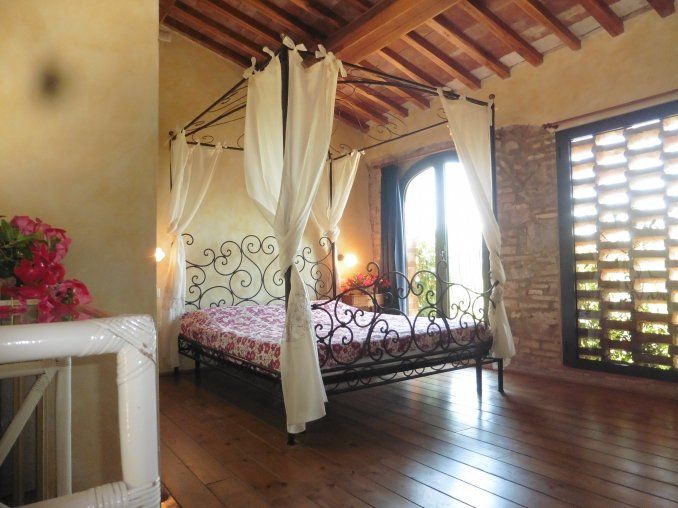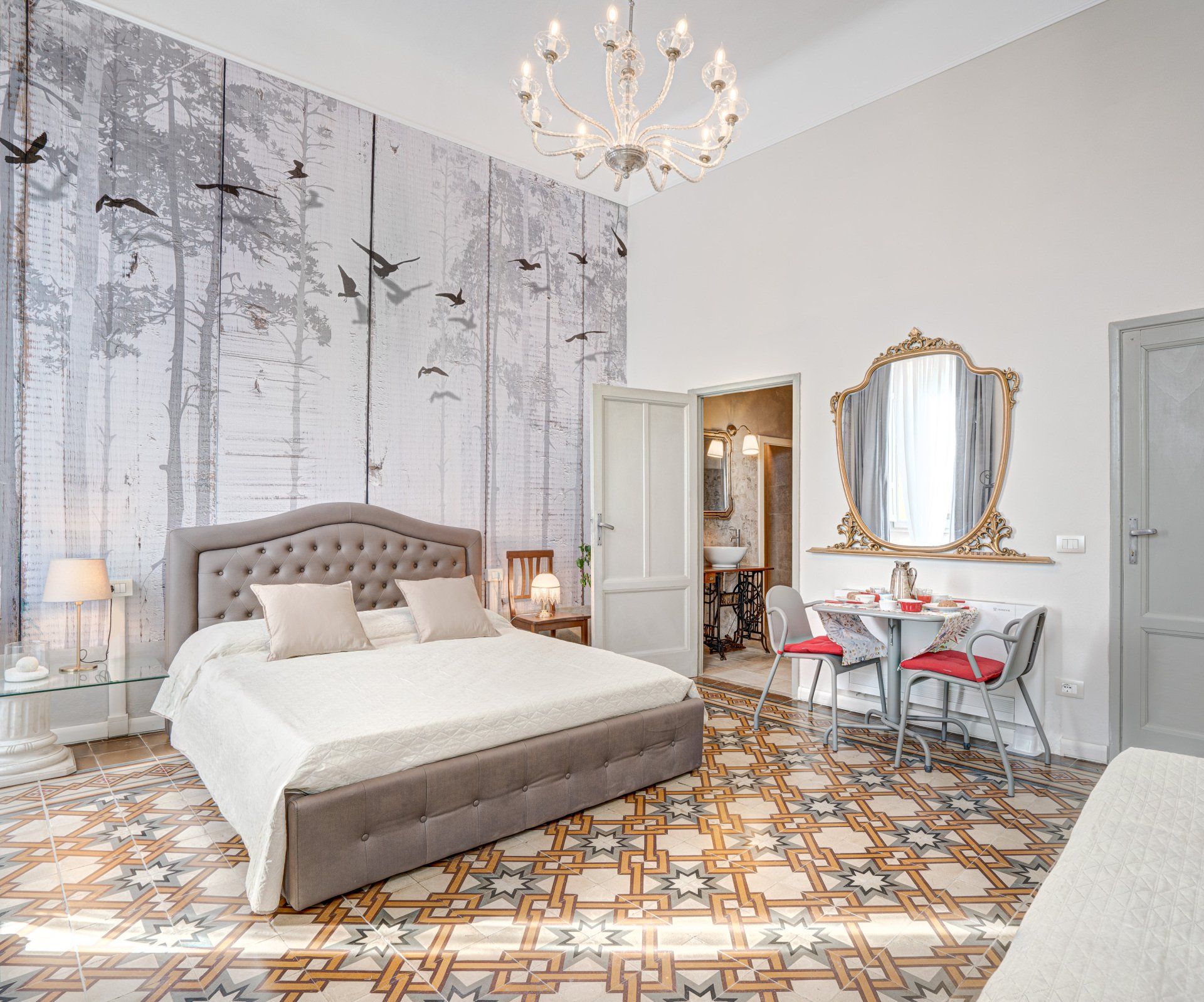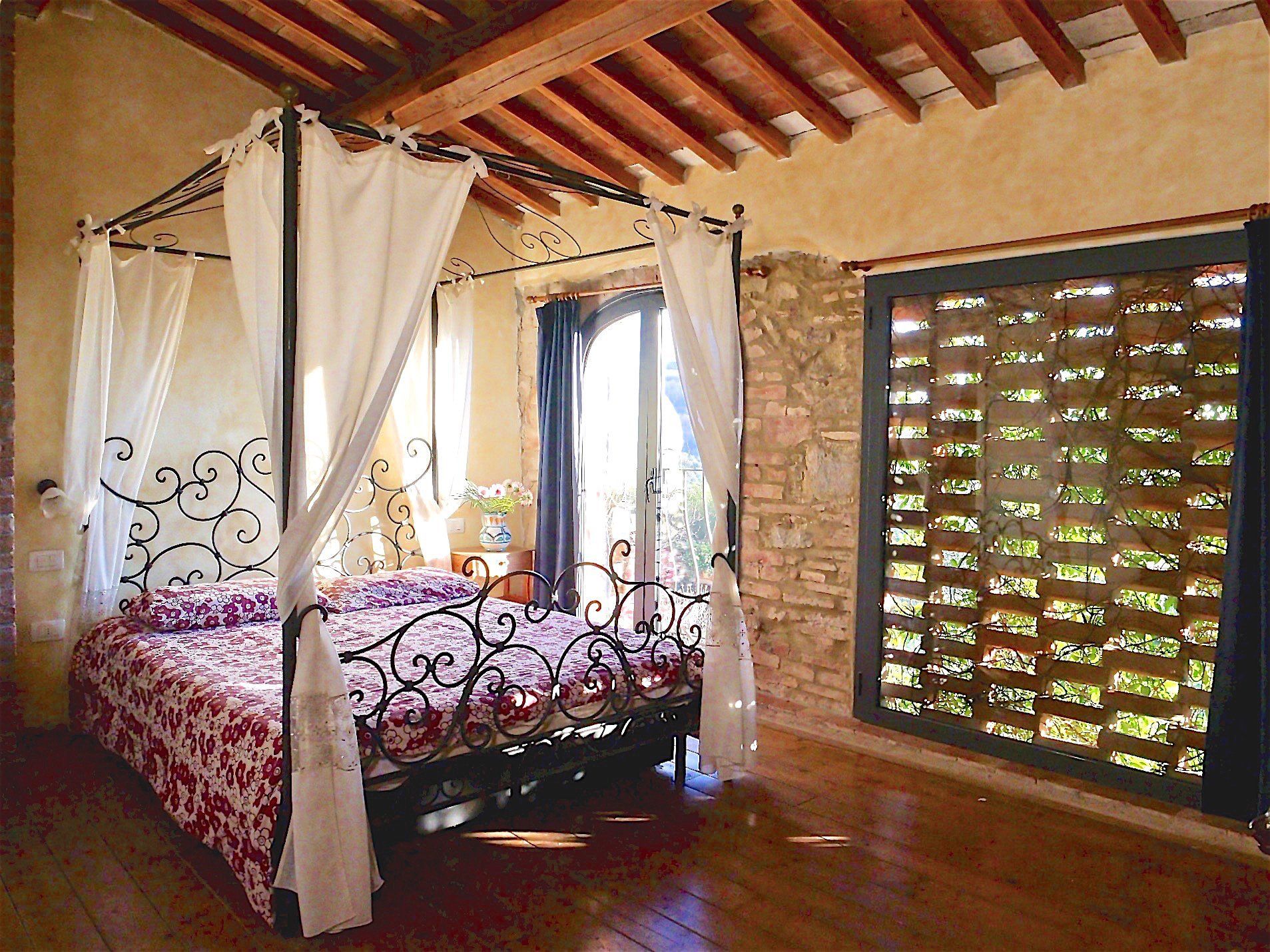Volterra
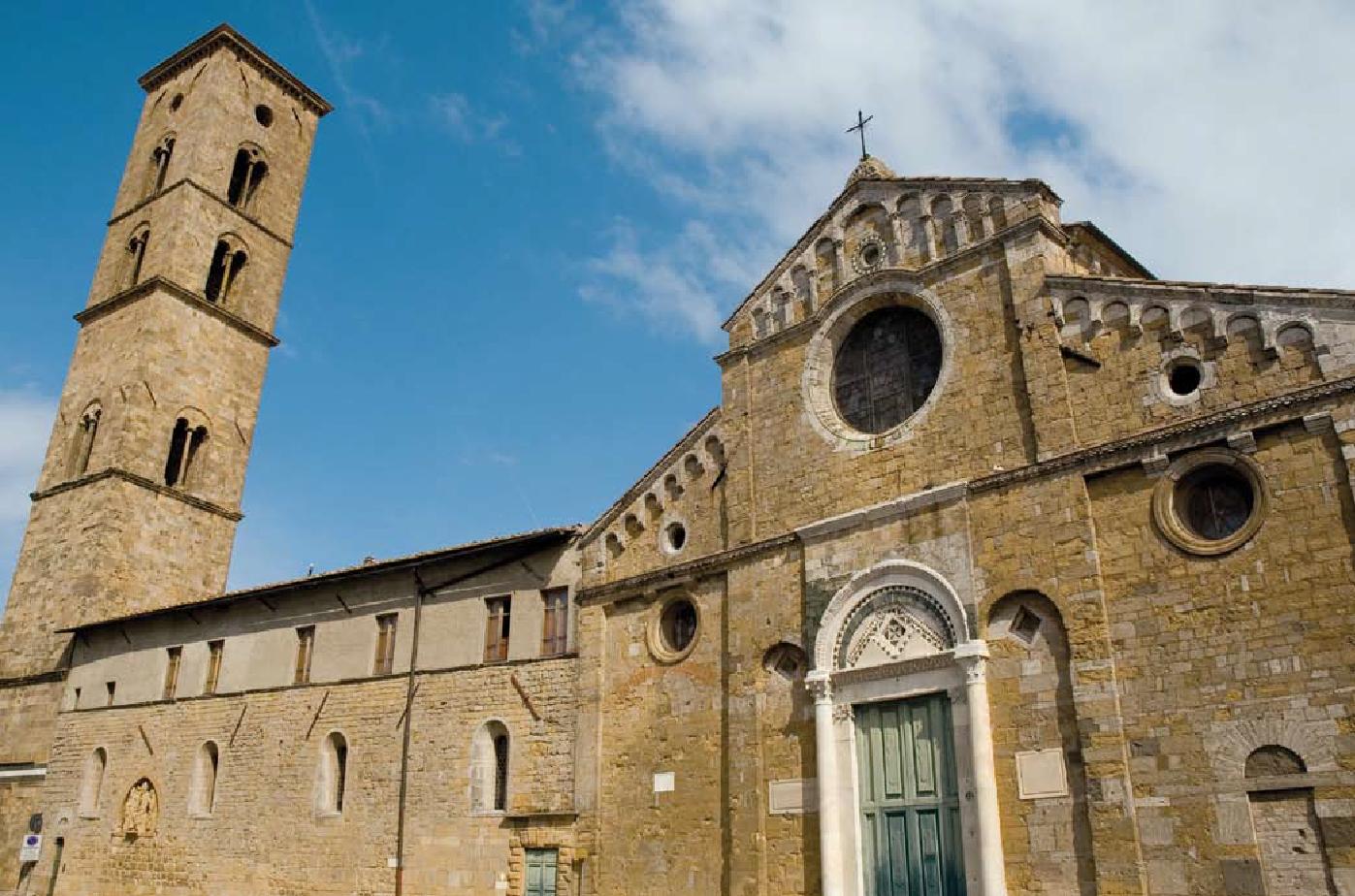
Slide title
Scrivi qui la tua didascaliaButton
Slide title
Scrivi qui la tua didascaliaButton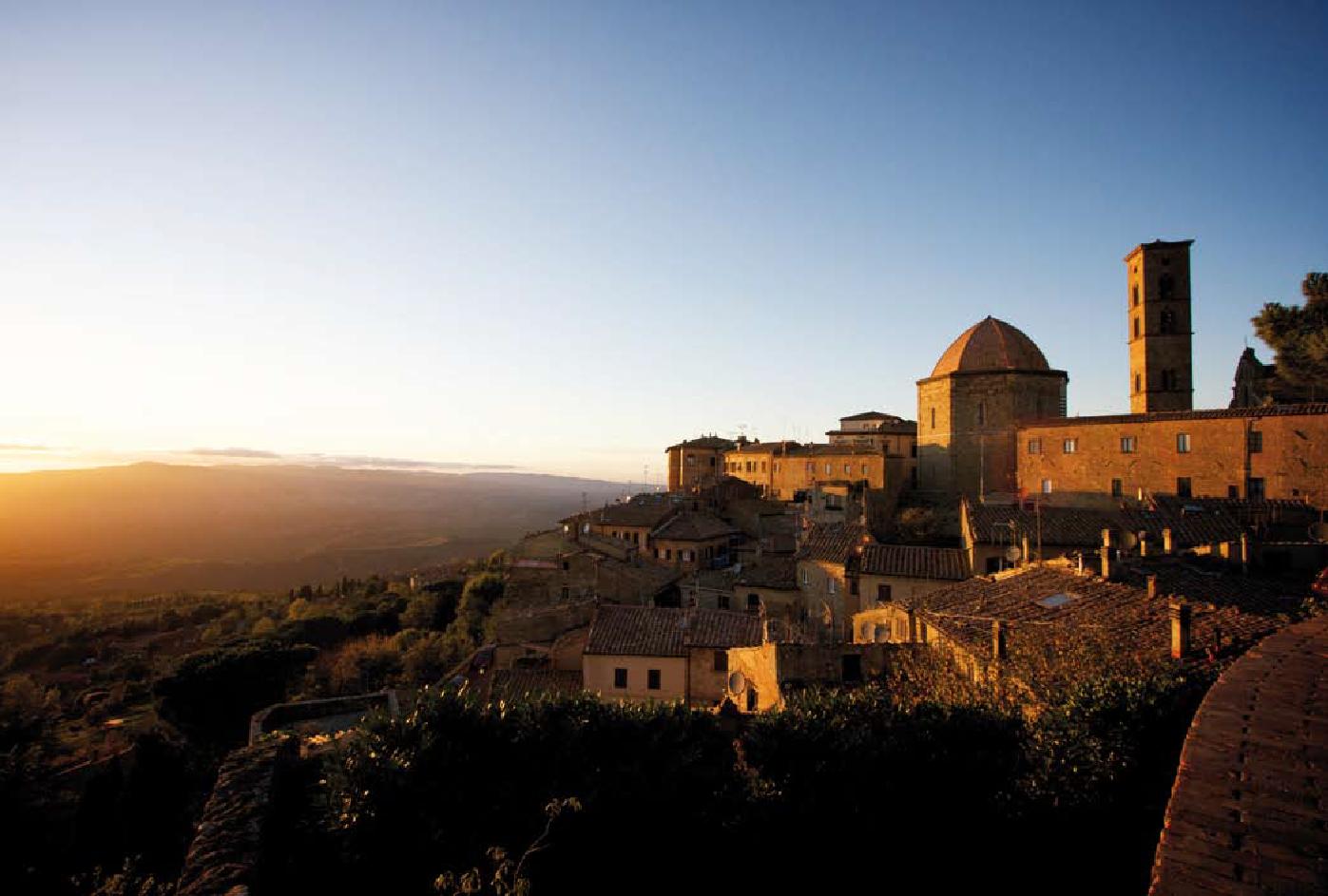
Slide title
Scrivi qui la tua didascaliaButton
-
Volterra - The twin squares
Volterra has two adjoining squares.
They host the main town buildings, one representing the worship and the other the power: that is, the Cathedral and Palazzo dei Priori, which are even side by side. In the first square – Piazza San Giovanni – besides the cathedral there are also the Baptistery and the ancient Palazzo dei Vescovi. On the contrary, in the second one – Piazza dei Priori – the homonymous Palace dominates and is the heart of the square, while around there are the oldest buildings of Volterra, among which Palazzo Incontri and Palazzo Monte Pio. It is difficult to say which square is more beautiful; they both have their own charm.
History and evocative power could make one lean towards Piazza dei Pretori with its ancient grey and town walls, reminding the millenary history, the Etruscan memory of this lucomonia (jurisdiction of the lucomone, Etruscan judge). On the other hand, Piazza San Giovanni has a different history, related to the strong Diocese of Volterra. Under the current cathedral there were for sure, in the very old times, two churches placed on different ground levels.
Rich of events is also Palazzo Vescovile, already “house of barns”, because it was an old storehouse; from mid 1400 it has become the Episcopal see. So much millenary history, so many lives of renowned personalities have passed through these squares. And still today, in the third millennium, any day of the year, stopping has a charm with no equal.
Volterra - The two twin squares
29/8/2025
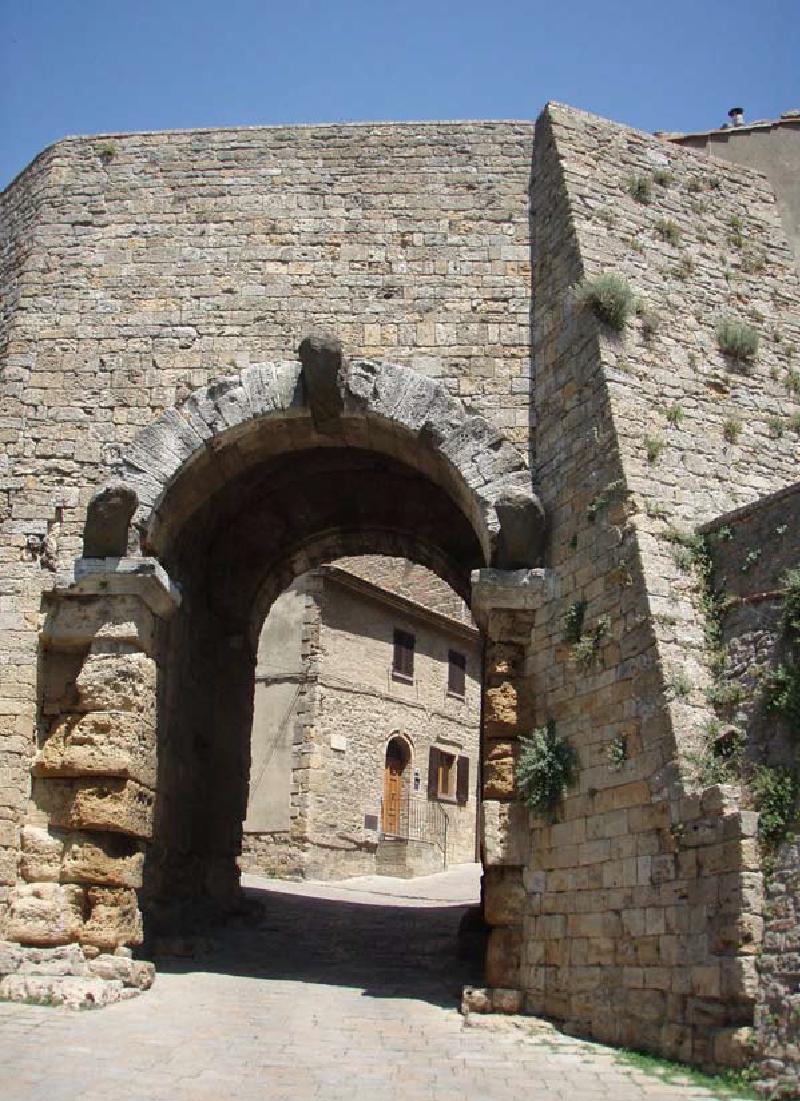
Slide title
Scrivi qui la tua didascaliaButton
-
Volterra - The mistery of the gate with severed heads
There are an extraordinary number of fascinating places to visit and things to see in Volterra, including the world famous Shadow of the Evening in the Guarnacci Museum, the Little Pig on the Tower of the Podestà and the children’s windows in Palazzo dello Sbarba, as well as of course the reknowned “cliffs”; one place stands out in particular and this is the Gate all’Arco, built with blocks of limestone by the Etruscans in the II century B.C. and with three stone “protomé” - or large human heads - carved on the external arch and now consumed by time. Experts on the world of the Etruscans have been discussing the mysterious significance of these heads for some time now.
Many theories have been advanced to this date, some claim that the heads represent the portraits of three important citizens, others that they are the decapitated heads of enemies placed here on public view to deter further attackers, while others again are of the opinion that they portray divine protectors and either represent the Etruscan triad of Tinia (Jove), Uni (Juno) and Menrva (Minerva) or Jove and the Dioscuri. During the last World War - to be precise in 1944 - the Germans decided to mine this gate in order to block the road against the Allied advance; the entire population of Volterra, people of all ages and from every walk in life, began taking up the paving of the road, thus building up a great pile of stones that blocked all access to the city, making it pointless to destroy the gate and saving one of the most suggestive, mysterious and precious monuments of ancient Volterra.
Volterra - The enigma of the door with severed heads
29/8/2025

Slide title
Scrivi qui la tua didascaliaButton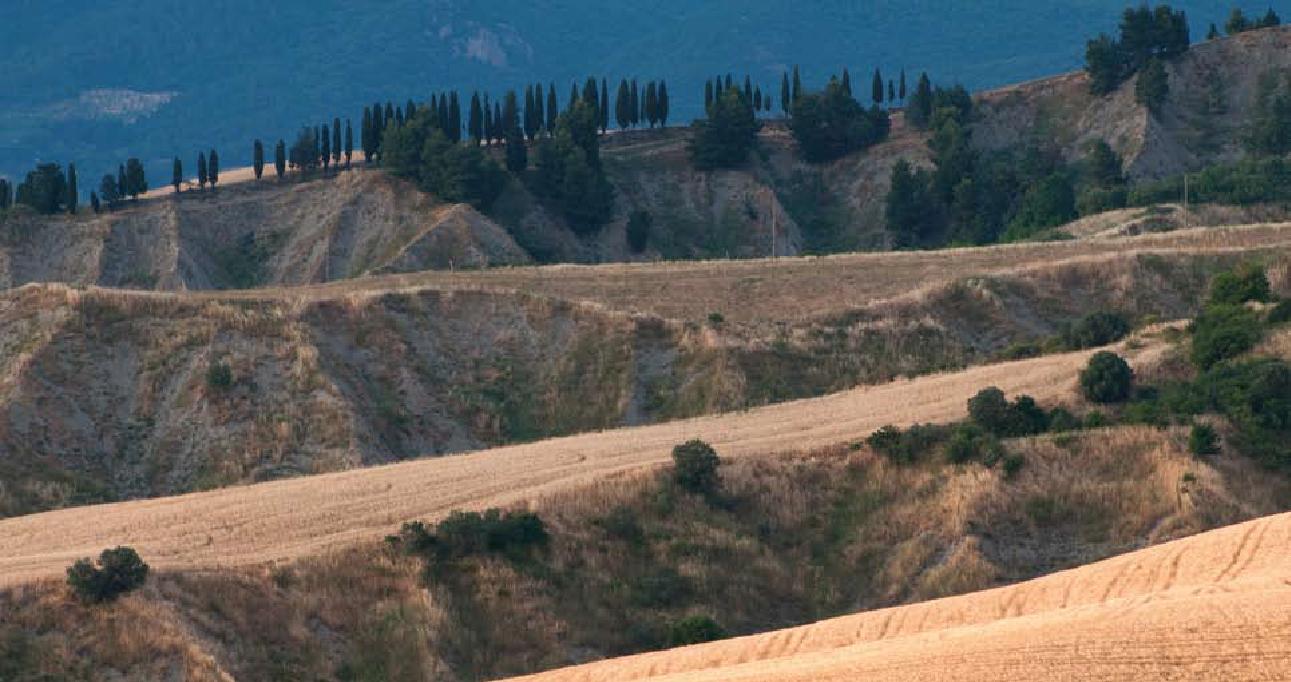
Slide title
Scrivi qui la tua didascaliaButton
-
Volterra and its "balze"
A visit to Volterra should not only be for the city itself, but also for the area that surrounds it. It’s called the “Balze” of Volterra because of the “terrace” effect and appearance that resembles many other towns in the country. History teaches us that the importance of the “balze” of Volterra is different, because the landslides and typical deep terraces that we see today used to hold an Etruscan necropolis. The Tuscan civilization left traces that nature later destroyed. How?
The answer is in the technical passage that allowed the erosion of the weaker sand layers located underneath more resistant ones and therefore caused the collapse of some segments of the landscape. In the area around Volterra, the ancient Etruscan remains are not the only ones that were affected by this – today we can only see some remains of the ancient walls, that can also a walking path to admire the landscape where the collapses occurred – but more recent historical happenings are also a proof of this. A precious abbey from the Middle Ages was also the victim of the landslides and movements of sand layers. It is the abbey of Camaldolese, a structure with an attached church that was heavily affected by the erosions of the 17th century. The abbey is now abandoned but it’s certainly worth visiting to be immersed in an ancient and almost surreal atmosphere in the cloister and refectory.
The cliffs of Volterra. How they formed
29/8/2025

Titolo diapositiva
Scrivi qui la tua didascaliaPulsante
-
Volterra - Salt extraction plant
When the water receded millions of years ago in this area, it left a precious gift to the ancient city of Volterra: salt. It is the most ancient source of wealth in Volterra - a resource whose economic importance would be comparable to that of oil today.
Back in olden times, salt was regarded as a valuable asset and an essential resource, a real source of wealth, so much so that it was known as “white gold”. The discovery of its fundamental action for the preservation of food made it very important. Over the centuries, salt took on such an important role that it became not only a currency, but also an “ingredient” of religious rites and popular beliefs. In antiquity, salt was in fact used to purify altars and animals and there’s still the superstition that throwing a few grains over your shoulder gets rid of bad luck, whereas the other way around is supposed to attract misfortune.
The Chinese were the first to use it 5,000 years BC. Then the Romans devoted their time to the production of this valuable asset, also developing the road network required for its transportation and trade, such as the famous Via Salaria.
In Tuscany, most of the salt trade was linked to the valley of the river Cecina, especially in the Volterra area, and it took place along the route of the current state road 68, still known as Via Salaiola, used to transport salt from Saline through the Era Valley to Castelfiorentino, onwards to Fiesole, up through the Po Valley, and then on to Salzburg and the Baltic coast.
Fortifications, castles and fortresses were erected to control and protect the sites where the salt-water was extracted from beneath the ground. A few secluded and enchanting remains can still be admired today such as the Rocca Sillana outside of Pomarance, where the Roman battle between Mario and Sulla (“Silla" in Italian, hence the name) supposedly took place, and the Rocca di Montegemoli that towers above the area of Saline di Volterra.
Salt was transported along the Via Salaiola in the Middle Ages, usually by mules, heading for the Tuscan capital or the river port of Empoli, where the rock salt was loaded on board. Some of the largest deposits in Italy can still be found in the Volterra area today.
The extraction and trading of salt was at the heart of the economy of Volterra and the Val di Cecina for centuries, so much so that the salt deposits and the right to use them became a cause of fighting and rivalries. When Florence conquered Volterra in 1472, the Medici family guaranteed the exploitation of the salt mines, which was industrialised with the Lorraine family.
Volterra Salt is 99,99% pure.
Today the Locatelli Saline di Volterra plant can be visited, accompanied by an exhibition that traces the history of the salt mine, from the state monopoly to the stories and testimonies of the men and women who worked in this place, reaching up to today, a moment in which the salt mine rediscovers its identity and lives the contemporary. Objects and images that tell a story made up of emotions, of places, but that live in the present and project themselves into the future.
Book your visit at the Locatelli Saline di Volterra here: https://www.locatellisaline.it
Volterra - Salt extraction plant
23/8/2025
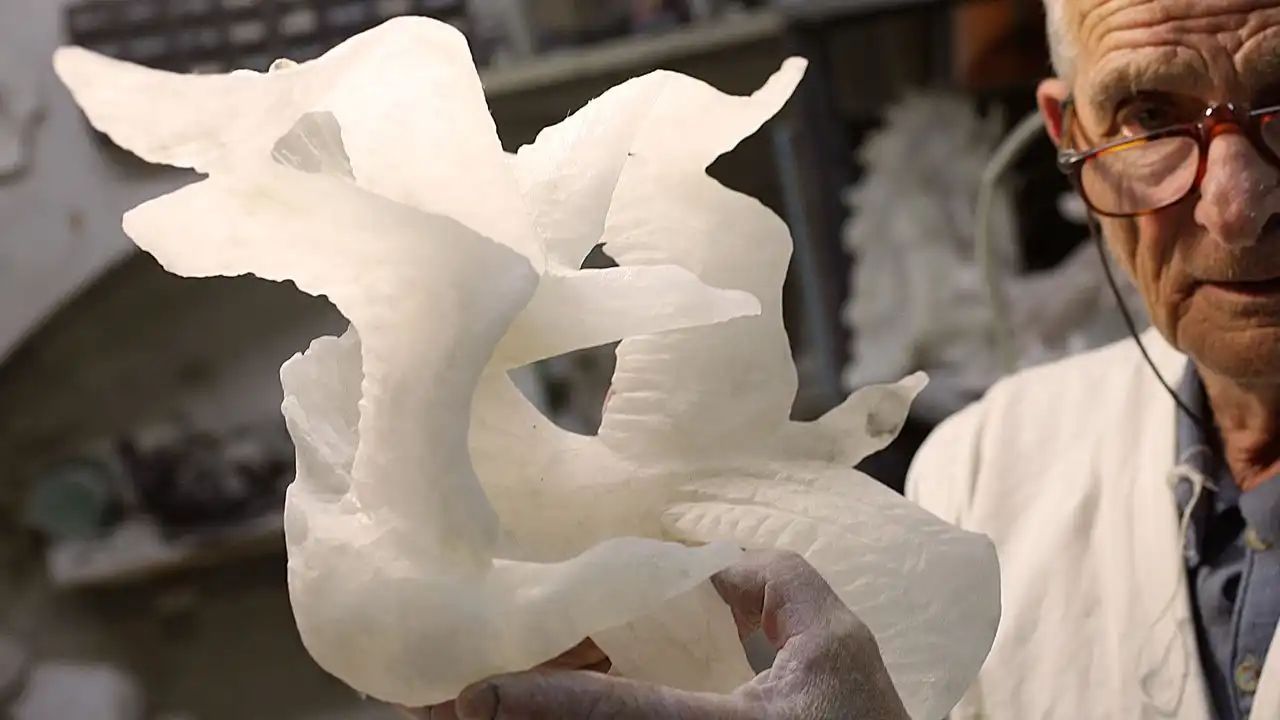
Titolo diapositiva
Scrivi qui la tua didascaliaPulsante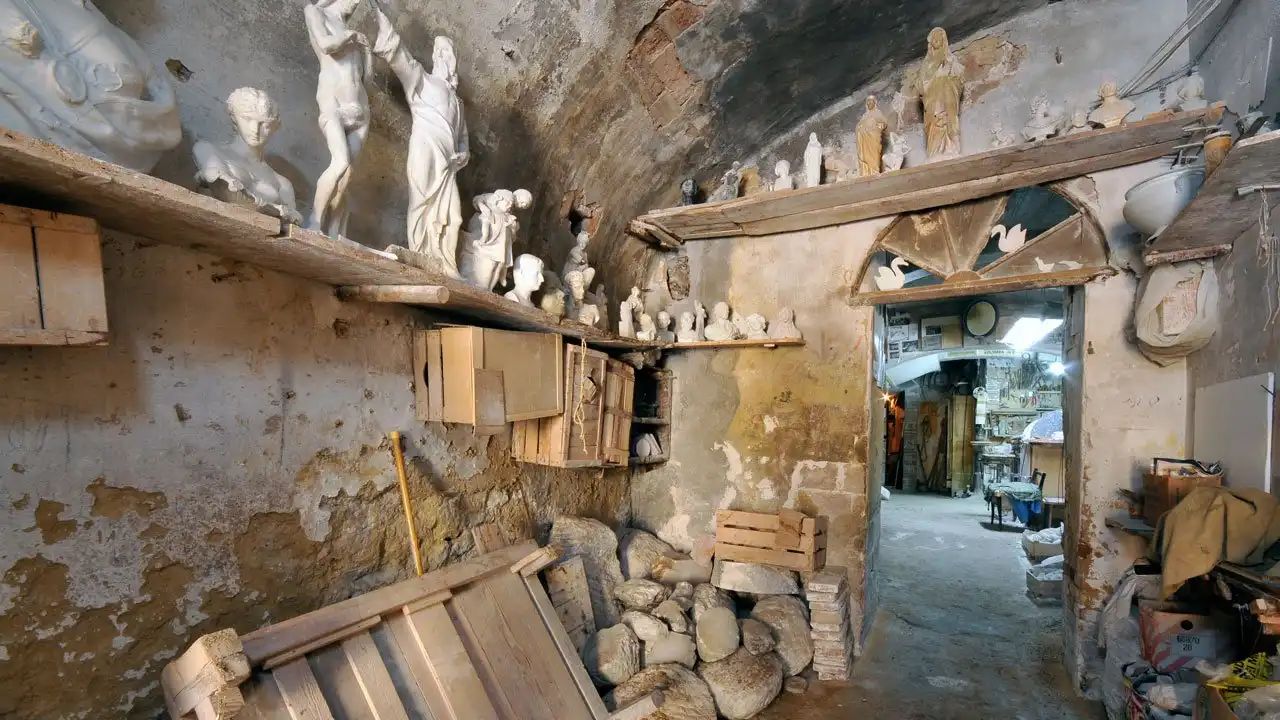
Titolo diapositiva
Scrivi qui la tua didascaliaPulsante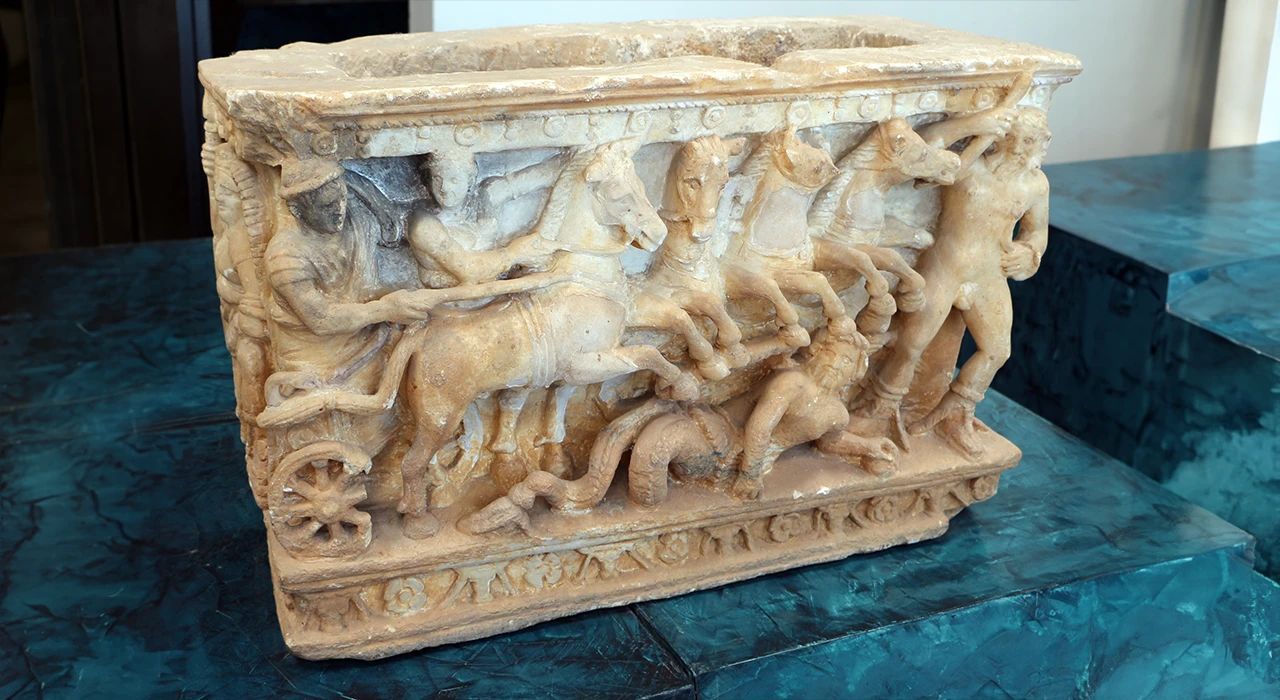
Titolo diapositiva
Scrivi qui la tua didascaliaPulsante
-
Volterra, the world capital of Alabaster
Water also bequeathed alabaster to Volterra. A stone that has been mined, hewn and carved since the Etruscan era, alabaster is formed by millions of miniscule chalk crystals, and has brought Volterra wealth and prosperity over the centuries Volterra is still renowned for its local alabaster studios and workshops where true artisans were able to learn tradition and its lessons and apply them to the technological innovations that characterize our times. The boundary between the artisan and the artist is transient and through the streets of Volterra you are barely aware of it. The small shops look like museums, with a little bit of everything: from working with wool to working with metal, from goldsmiths to artists who work with glass. But the symbol of the city of Volterra is alabaster, the stone that since the time of the Etruscans represents the essence of this land. Volterra has a franchise in the workmanship of alabaster since the most important deposits are in this area and over the years, the masters were able to capture tradition creating incredible pieces, authentic masterpieces in alabaster.
A young Volterran nobleman, Marcello Inghirami Fei, founded the first school to train alabaster craftsman in the 18th century, and by the end of the century Volterra
boasted an international reputation. Alabaster artefacts, skilfully and imaginatively created by local artisans, were marketed around the globe by enterprising Volterrans. Commemorating this splendid epoch, the Palazzo Incontri changed hands in 1850 and was renamed Palazzo Viti upon the return of Benedetto Viti from his expedition to introduce alabaster masterpieces created by Volterran artists to new markets such as the United States, India and China. Alabaster continues to astonish, both for the beauty of the stone and the craftsmanship demonstrated by present day local artisans and those of the past; incredibly intricate cinerary urns carved by the Etruscans over 2,000 years ago can still be admired in the Guarnacci Museum, one of the most important sites in Volterra.
Salt and alabaster: offerings from water to this earthbound city.
Volterra, the world capital of Alabaster
22/8/2025



